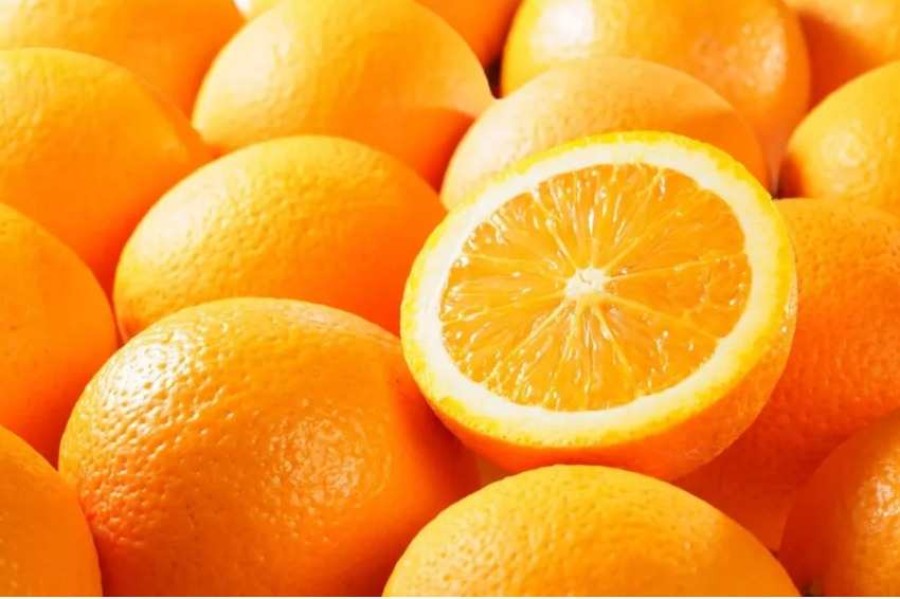Orange juice crisis ’24 – Japan’s OJ supplies drying up
06 May, 2024

Despite Japan’s well-deserved reputation a wonderland of delicious pleasures for the palate, the country isn’t immune to food/beverage crises. We’re only two years out from the potato shortage of 2022, when some fast food chains in Japan had to restrict French fry sales or replace their spuds with something else entirely, and who can forget the dark, dry days of Butter Crisis ’14 or Pizza Potato Crisis ’17?
Japan faces an orange juice shortage due to supply disruptions from Brazil's citrus industry, compounded by rising import costs and limited domestic production capacity, prompting sales suspensions and challenges in meeting consumer demand. Efforts to revive domestic brands like Nokyo Kajitsu are underway amidst the crisis.
Now Japan looks to be facing another shortage of something ordinarily available just about anywhere: orange juice.
In early April, Megmilk Snow Brand, the Japanese distributor for Dole juices, suspended sales of its Dole Orange 100% juice in 450-milliliter and one-liter cartons, leaving the less-than-half-pint 200-milliliter pack as the only remaining option. Then, on April 25, Morinaga Milk, Sunkist’s Japanese distributor, announced that it will be suspending sales of 200-milliliter cartons of Sunkist 100% Orange once its current ingredient supply runs out.
So what’s causing this OJ shortage? Japan imports about 90 percent of its orange juice, with much of it made from fruit grown in Brazil, which suffered significant rain damage and a citrus disease outbreak in 2023. At the same time that supply is taking a hit, though, demand is rising in the post-pandemic world economy, leading to higher prices.
Unfortunately, this is coinciding with the yen cratering in value versus foreign currencies. According to statistics released by the Japanese government’s Ministry of Finance in March, the in-yen price for importing orange juice has jumped 69 percent from a year ago, and has doubled since 2019, making it difficult for Japanese companies to import it in the current business climate.
When faced with high import-associated costs for a popular product, the simple solution would seem to be to just produce it domestically. That’s easier said than done, though. Japan’s small size and mountainous geography mean that farmable land isn’t so easy to come by, especially when other crops like rice, which is heavily subsidized, usually take precedence. What’s more, what citrus farming Japan does have is primarily focused on mikan (mandarin oranges), which are a popular staple food but not really well-suited for making juice, as mikan juice tends to be very syrupy compared to orange juice.
Around the same time as Japan’s orange juice distributors were announcing sales suspensions, the Japan Agricultural Cooperatives organization of regional co-ops revived its Nokyo Kajitsu brand of 100-percent fruit juices, which had been dormant for the last 14 years.
Source: japantoday.com
